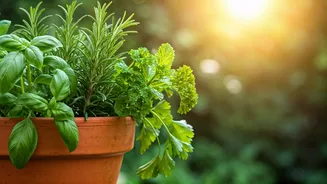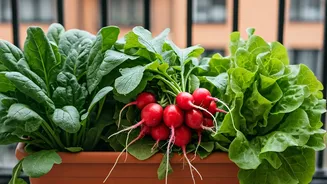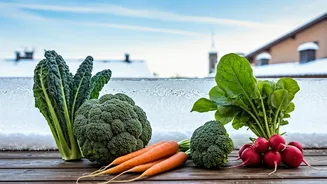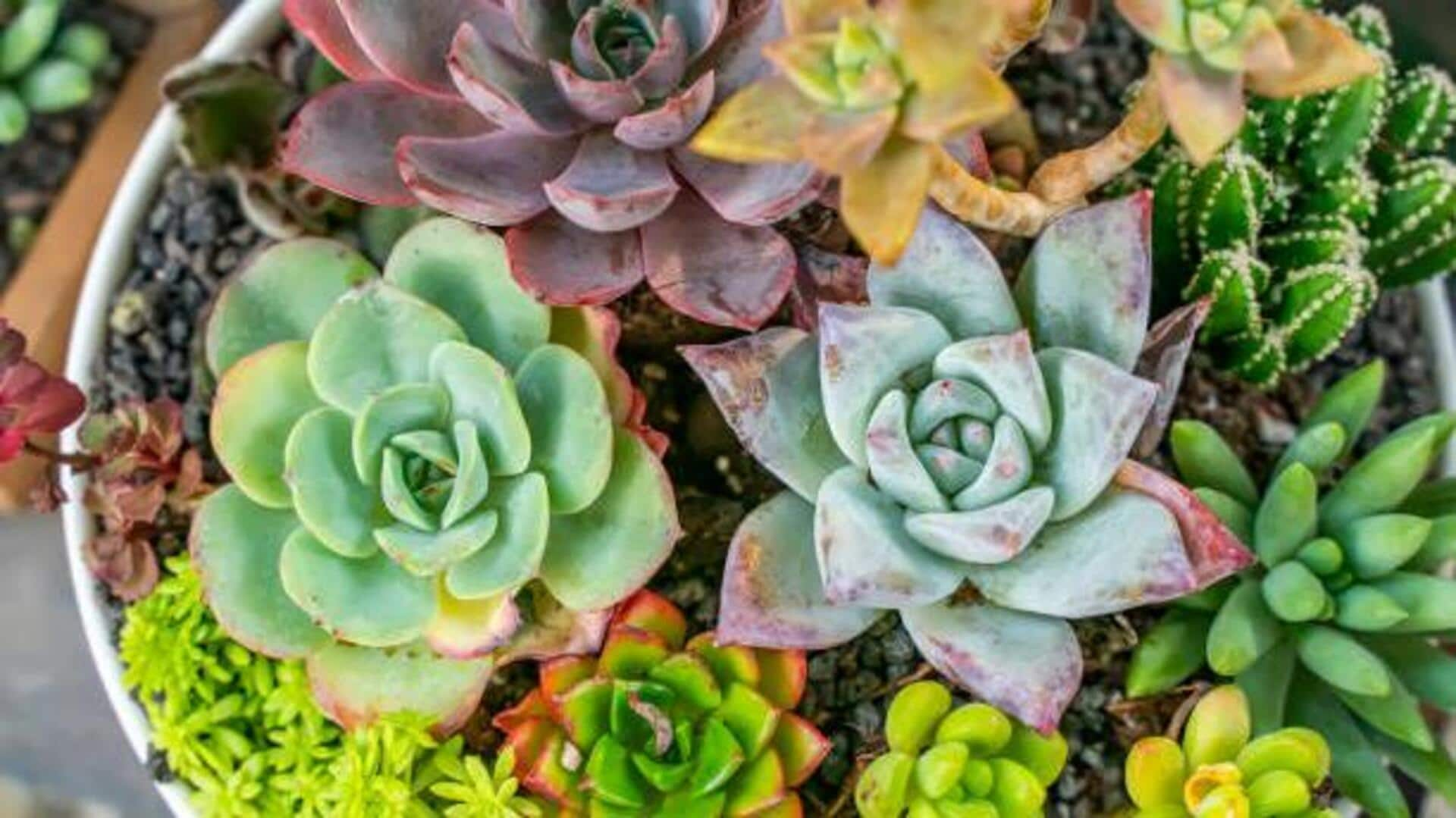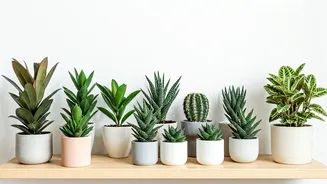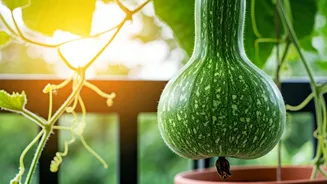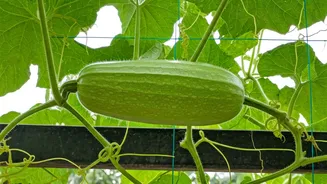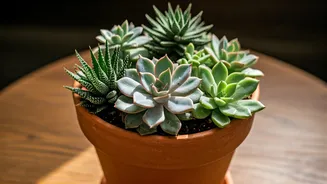Ideal Soil Matters
The foundation of a flourishing herb garden starts with the soil. Proper soil provides essential nutrients, support, and drainage. Herbs, particularly
those grown in pots, thrive in well-draining soil mixes to prevent waterlogging, which can cause root rot. A standard potting mix typically includes a blend of peat moss, perlite, and vermiculite. Alternatively, a homemade mix of compost, topsoil, and sand can also work wonders. The goal is to provide a light, airy environment where roots can easily establish themselves. When growing herbs in containers, ensure the pot has drainage holes to avoid excess moisture buildup. For outdoor herb gardens, assess the existing soil's quality. Amend heavy clay soils with organic matter, like compost, to improve drainage and aeration. Regular soil testing can also help understand your soil composition and enable you to add specific nutrients your herbs need to flourish.
Sunlight: The Lifeline
Sunlight is a critical component for herbs' overall well-being. Most herbs need ample sunshine – typically at least six hours of direct sunlight each day. This ensures robust growth and intensifies their aromatic qualities. South-facing windows are often the best choice for indoor herb gardens, as they receive the most sunlight. If sunlight is insufficient, consider supplementing with grow lights. For outdoor herb gardens, choose a spot that receives plenty of sunlight. However, some herbs, like mint and parsley, can tolerate partial shade. Regularly rotate your herb plants, especially those indoors, to ensure they get even sunlight exposure on all sides. Monitor your plants for signs of light deficiency, such as leggy growth or pale leaves. If you see such indications, adjust their placement or the intensity of their light exposure to keep your herbs happy.
Watering Wisely
Effective watering is as crucial as sunlight. Herbs generally prefer moderately moist soil, but overwatering is a common mistake that can lead to root rot. To gauge when to water, check the soil's moisture level by inserting your finger about an inch deep. If it feels dry, it's time to water. Water deeply and thoroughly, allowing excess water to drain out of the pot. Avoid frequent, shallow watering, as this encourages shallow root development. Water at the base of the plant to prevent wetting the leaves, which can promote fungal diseases. The watering frequency will depend on the herb variety, the weather conditions, and the pot size. In warmer months, herbs typically require more frequent watering than in cooler months. Also, consider the materials of your pots - terracotta pots tend to dry out quicker, demanding more regular watering.
Potting Perfect Choices
Selecting the right pot is a crucial step for healthy herb growth, impacting both drainage and root development. Choose pots that are the appropriate size for the specific herbs you intend to grow. Consider the ultimate size the herb is expected to reach; providing enough space for root expansion is vital. The material of the pot can also affect the growth of herbs. Terracotta pots, for example, are porous and allow for better air circulation and drainage, making them suitable for herbs that prefer drier conditions. Plastic pots retain moisture longer, which may be suitable for moisture-loving herbs. Ensure that each pot has adequate drainage holes at the base to prevent water accumulation. This prevents root rot. When repotting herbs, gently loosen the roots before placing them in their new container, and use a suitable soil mix to facilitate good growth.
Home Garden Growing
Growing herbs at home brings the joy of fresh flavors and aromatic scents. Begin by selecting the herbs you want to cultivate. Popular choices include basil, mint, oregano, rosemary, and thyme. Start with seeds or seedlings, depending on your preference and the herbs. For seeds, follow the specific instructions on the seed packet to get optimal germination. Seedlings can be readily transplanted to pots or garden beds. Provide the right conditions: ensure your herbs get adequate sunlight, water, and well-draining soil. As the herbs grow, regularly pinch off the tips of the stems to encourage bushier growth. This also keeps the plants productive and encourages new leaf growth. Remember to harvest the herbs regularly to stimulate new growth. Enjoy the satisfaction of using freshly harvested herbs in your cooking. This home-grown touch elevates culinary experiences, transforming ordinary meals into delightful feasts.
